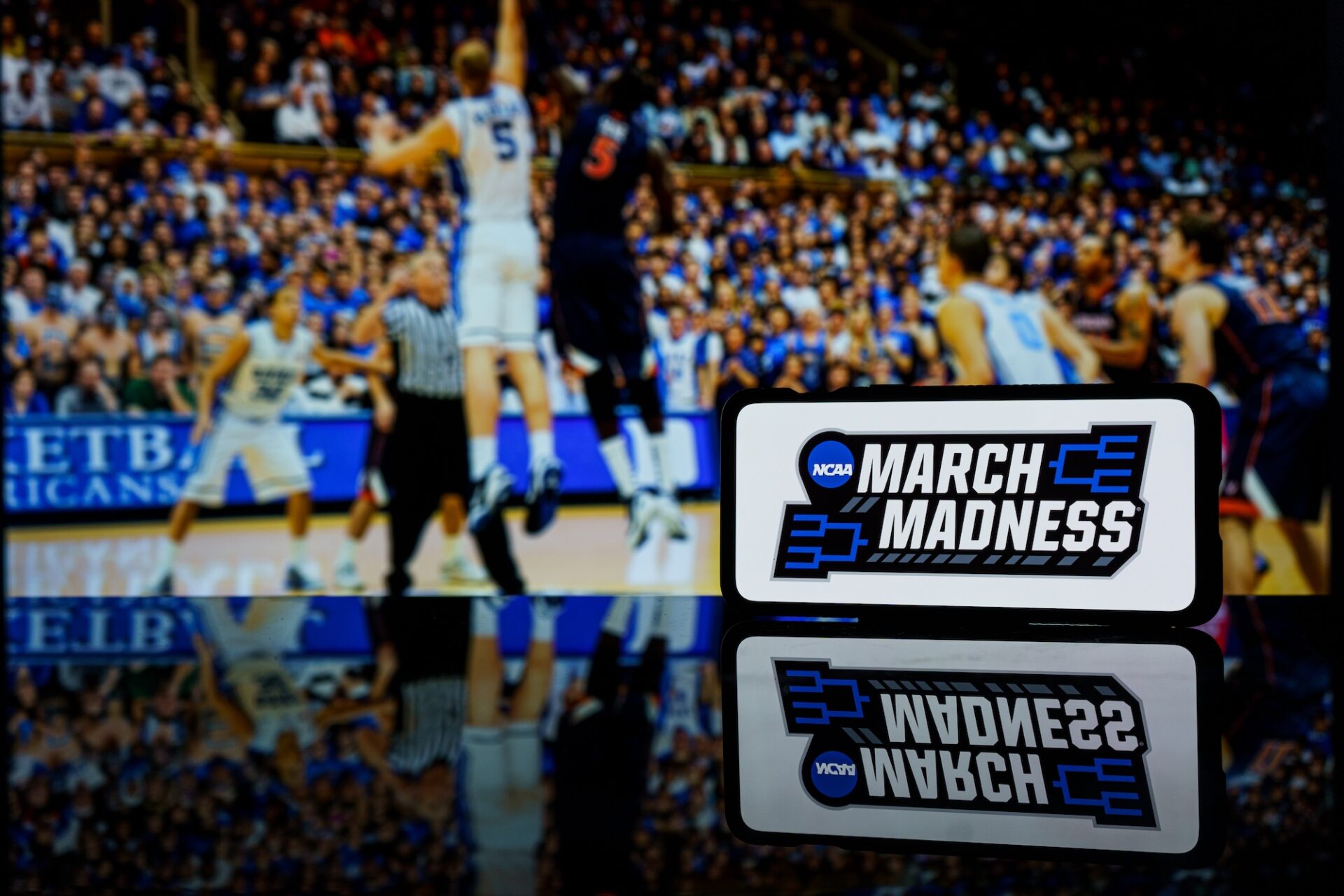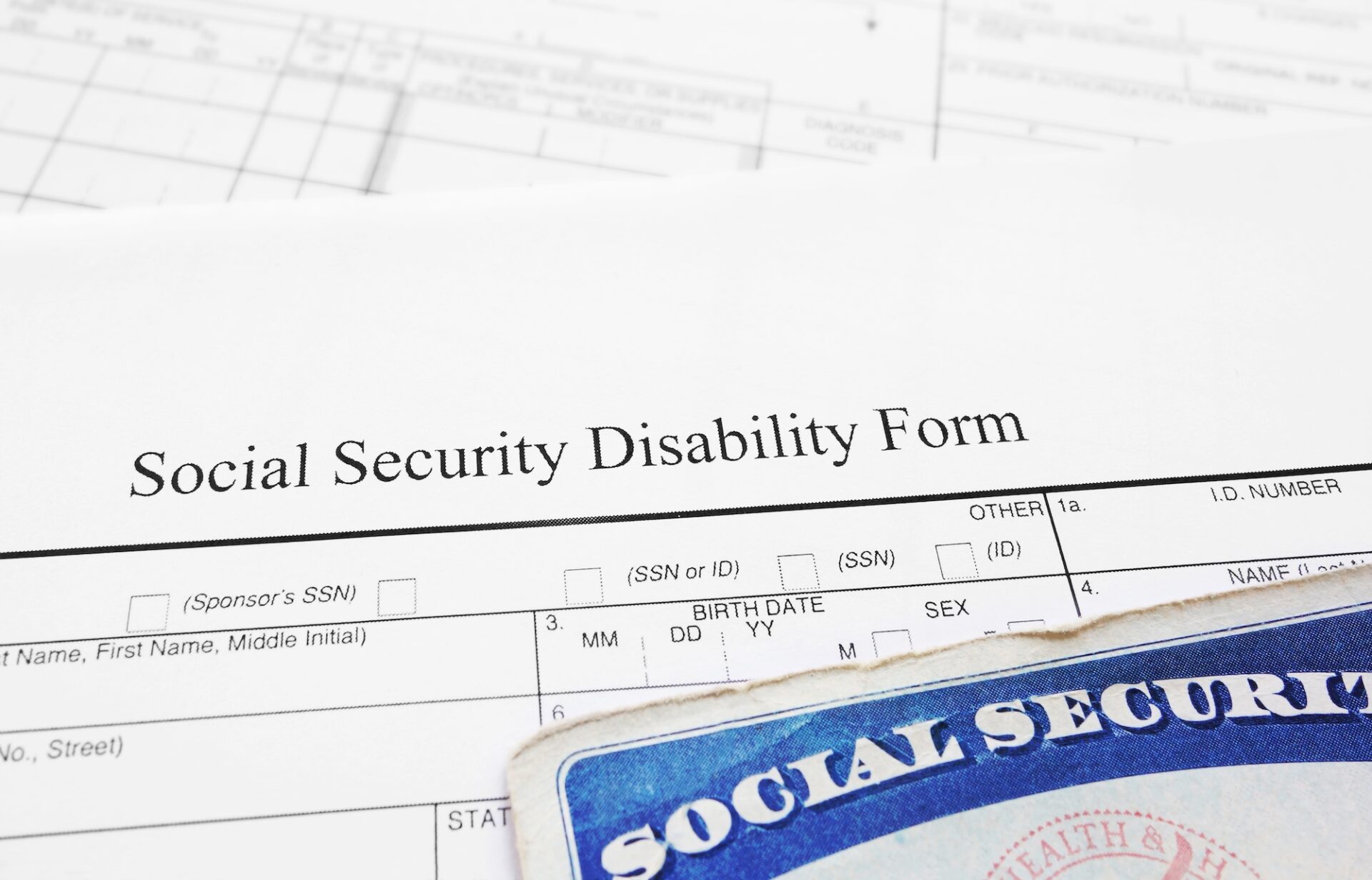Whether a person has been blind or visually impaired since birth or has experienced vision loss later in life, living with a visual disability can come with a high price tag. Expenses can include living and transportation accommodations, adaptive technologies, frequent medical appointments, and service animal training and related expenses. Even if an individual is still able to earn what is considered a living wage, the added expenses may present significant financial challenges. Both those who need supplemental income and those who can no longer earn a living wage may apply for disability benefits through the Social Security Administration.
However, the SSA has strict guidelines, known as the Blue Book, for what qualifies a person for disability benefits. Section 2.00 outlines the types of “special senses and speech” that are covered by disability, including visual disorders. The section details the extent of visual disability an individual must have, as well as the medical evidence required in order to qualify for disability benefits.
In short, the Blue Book defines statutory blindness as “central visual acuity of 20/200 or less in the better eye with the use of a correcting lens.” For further details regarding the criteria for visual disorders, refer to the guidelines in sections 2.02 and 2.03.
Sifting through all the criteria and qualifications can be confusing, and you may wonder if you or a loved one may qualify for SSA benefits. Attorney Richard Smith has been practicing law for over 30 years and handles Social Security Disability cases like this. Give him a call at (864) 236-5530 for a free consultation.
Disclaimer: Principle office is located at 1210 Laurens Rd, Greenville, SC 29607. No fee unless the case is settled or won, costs may be excluded.




